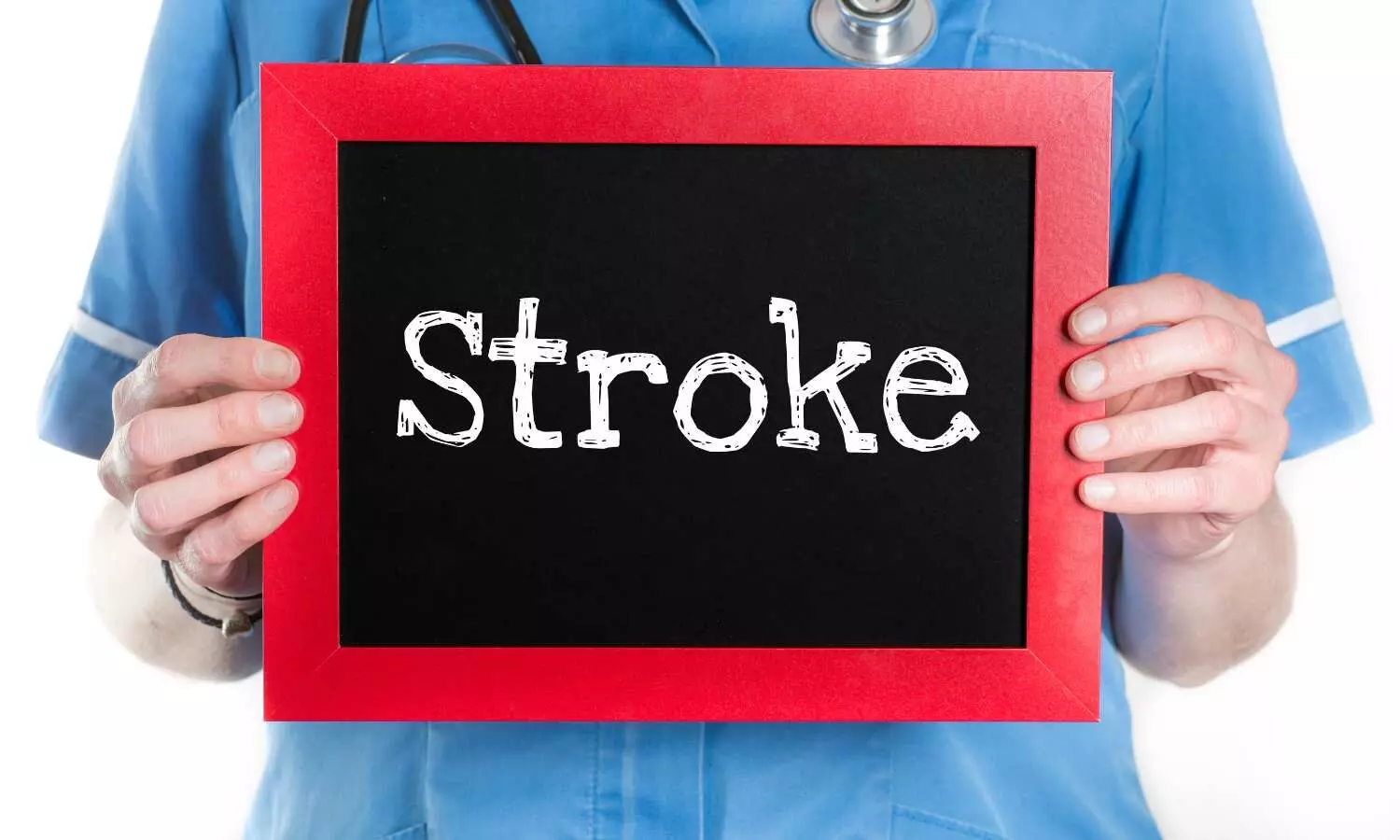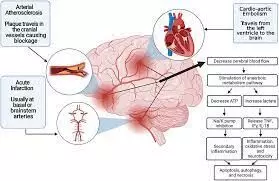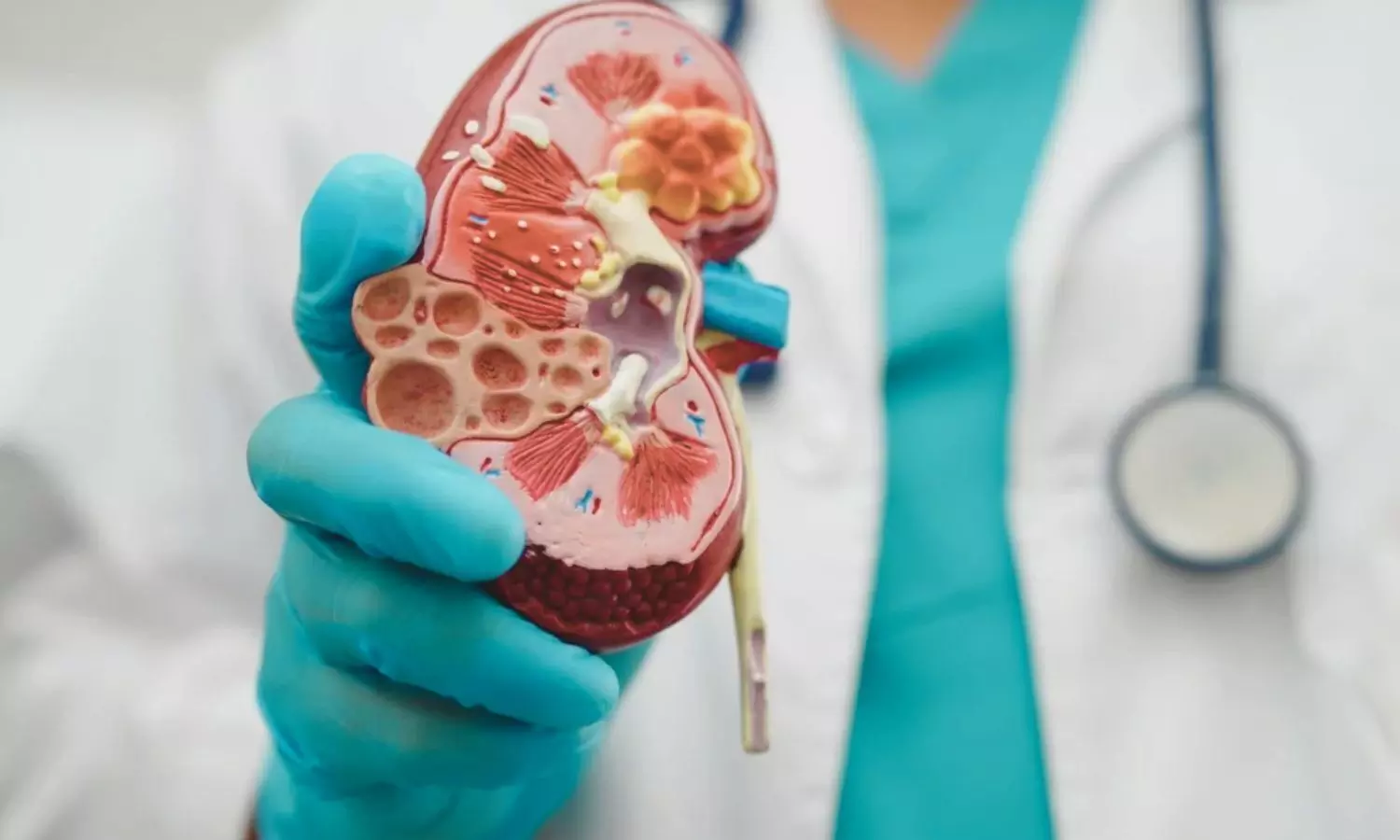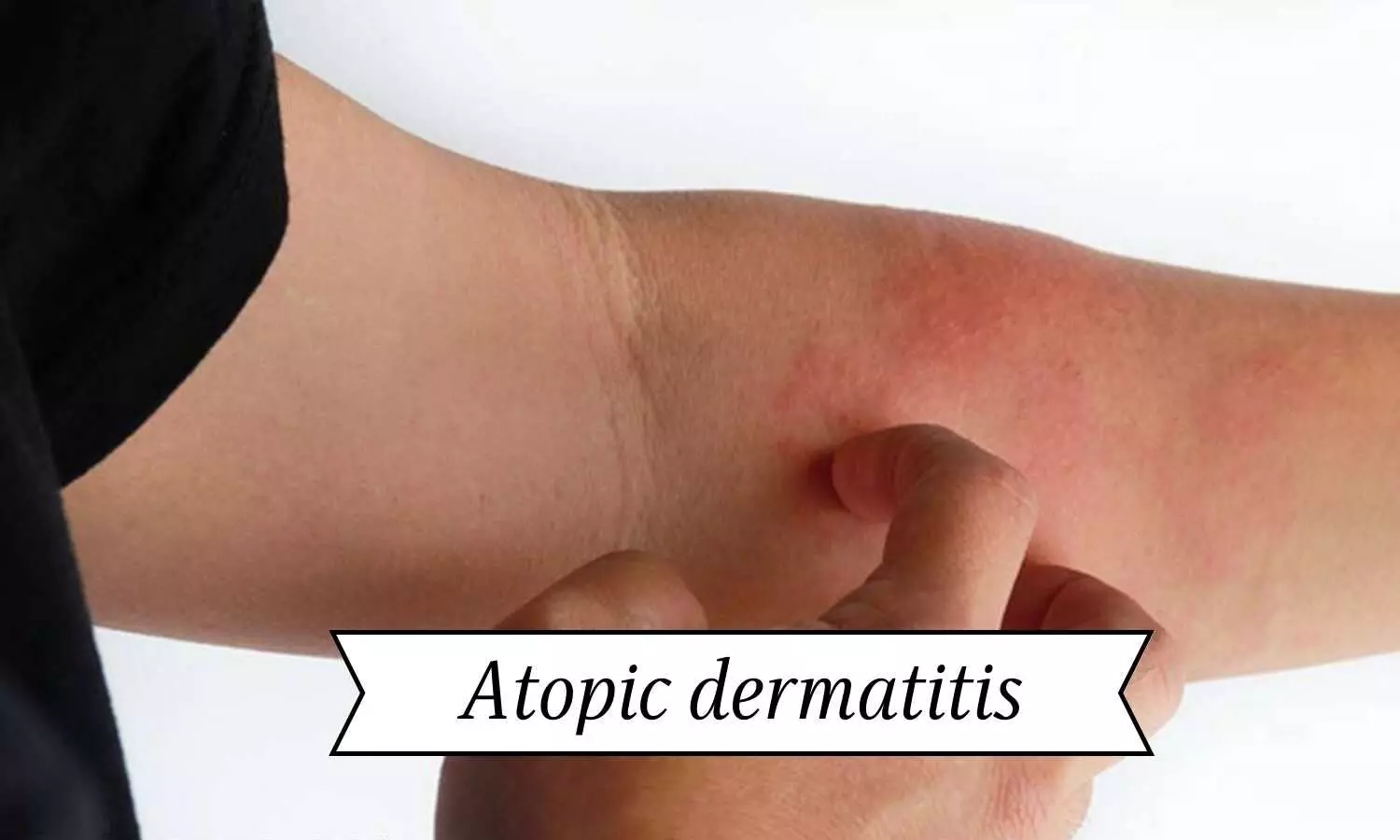NEET-UG 2024 Score Card now LIVE, More than 80 Students Score 720 Marks!
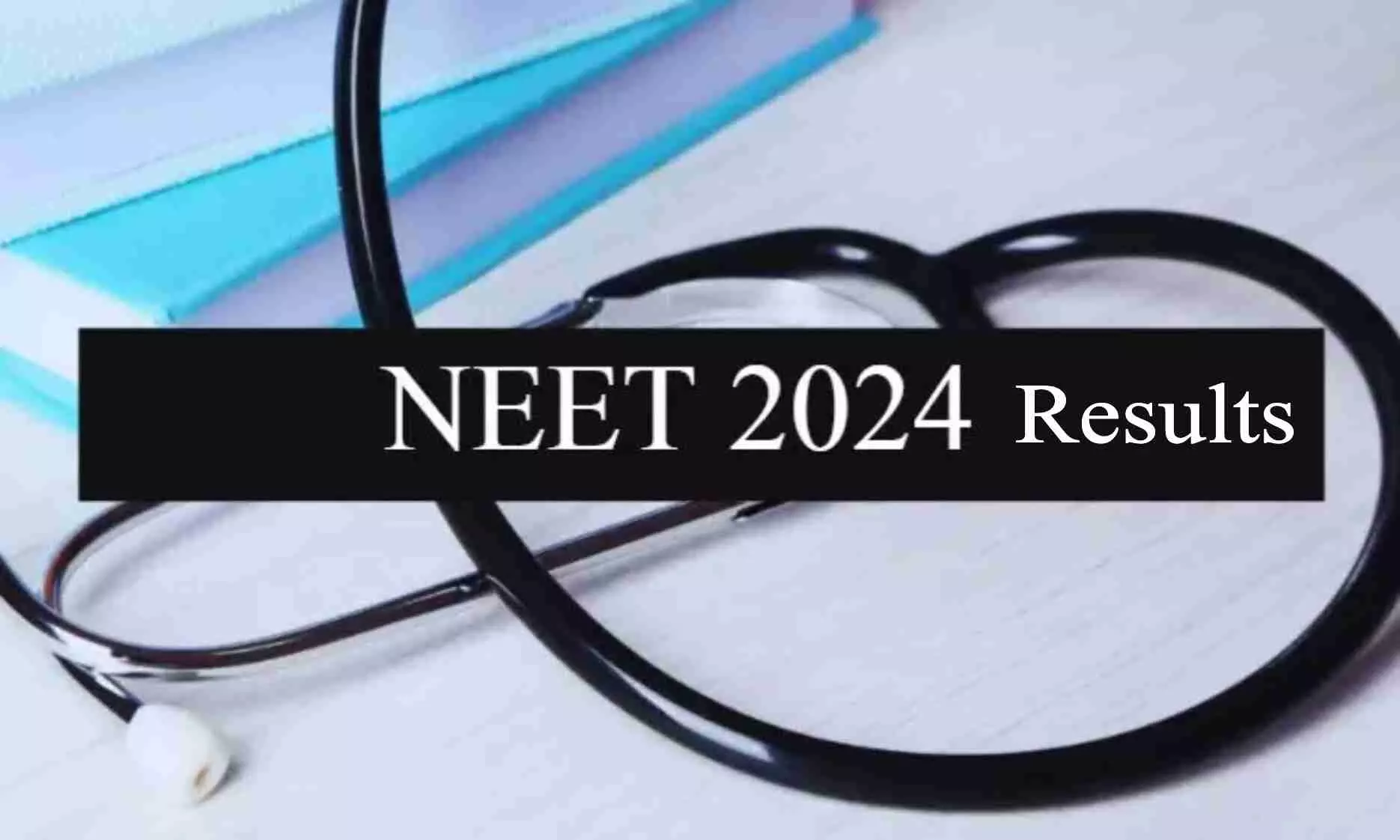
New Delhi: The National Testing Agency (NTA) has declared the results for the National Eligibility-cum-Entrance Test Undergraduate (NEET-UG) 2024 examination today i.e. on June 04, 2024.
The exam scorecard is now available on the official website of the NTA- exams.nta.ac.in. Those who appeared in the exam can download the scorecard using the link given in the official website.
Sharing that the results are now live, NTA mentioned on X (formerly Twitter), “Attention NEET UG 2024 Candidates! NEET UG 2024 results are now live! Check your scorecard at https://exams.nta.ac.in/NEET Enter your application number and DOB. Ensure your scorecard includes your photo and barcode, or re-download it if it is missing. Best of luck!”
How to Download NEET UG 2024 Results:
Candidates can download their NEET UG 2024 results with the following steps:
1. Go to the official website i.e. exams.nta.ac.in
2. On the homepage, click on the scorecard link named “Click Here for Score Card”
3. A new login page would open
4. Enter the application number and date of birth
5. Access the result and download it.
As per the latest media report by Times Now, the NTA NEET Cutoff 2024 is 720–164 for General/EWS candidates and 163-129 for SC/ST/OBC students. The previous year’s NEET qualifying scores were 136-107 for SC/ST/OBC, 136-121 for GN/EWS-PwD, and 720-137 for the GN/EWS category.
This year’s NEET UG 2024 exam was mired in controversies after a paper leak scam was revealed in Bihar. Medical Dialogues had earlier reported earlier around 13 people, including four examinees and their family members were arrested in Bihar for their alleged involvement in the paper leak of NEET-UG exam.
Patna police sources had previously claimed that the NEET-UG question papers along with their answers were provided to around 20 aspirants a day before the date of the exam i.e. May 5, 2024.
Then, the Economic Offences Unit (EOU) of Bihar Police, which took over the investigation, revealed that the brokers involved in the NEET paper leak scam took between Rs 30 lakh to Rs 50 lakh from each of the medical aspirants in exchange of giving them the question paper of the NEET UG 2024 question paper ahead of the examination.
In fact, a PIL had also been filed before the Supreme Court seeking a stay on the exam results. While the Apex Court refused to grant a stay on the exam results, it agreed to consider the matter and issue notice on the PIL seeking re-conduction of the NEET UG exams in light of the alleged malpractices and paper leak scam.
More than 80 Candidates Score 720/720 Marks:
This year’s NEET UG 2024 results have come as a shock to many as a large number of students have reportedly scored perfect score of 720 out of 720 marks. It is being claimed that altogether 89 students have scored full marks in the exam, Times Now has reported.
Although NTA is yet to release the merit list for the NEET UG exam, this year’s cut-off is reportedly unexpectedly high. Due to this, candidates having a difference of only a few numbers have witnessed significant differences in ranks.
Raising the issue, the X (formerly Twitter) handle of ‘Indian Doctor’ shared that while a candidate scoring 700 marks has secured 2250 ranks, another candidate who secured 685 marks secured 6777 rank. Following this, candidates securing 675, 665, and 630 marks in the exam have allegedly secured 11600 rank, 17800 rank and 48600 rank respectively.
“After Unexpected #ElectionsResults Unexpected #NEET UG 2024 #Result,” read the X post by ‘Indian Doctor’.
Sharing the NEET results update, the Vice President of AIMSA (All India Medical Students’ Association) Dr. Syed Faizan Ahmad mentioned in an X post, “#NEET UG result 89 students secured 720/720 marks in NEET UG exam . So now Lottery system will decide who will get AIIMS delhi . in 2023 only 2 students secured 720/720.”
Also Read: NEET 2024 Final Answer Key OUT, results to be declared soon
Powered by WPeMatico



